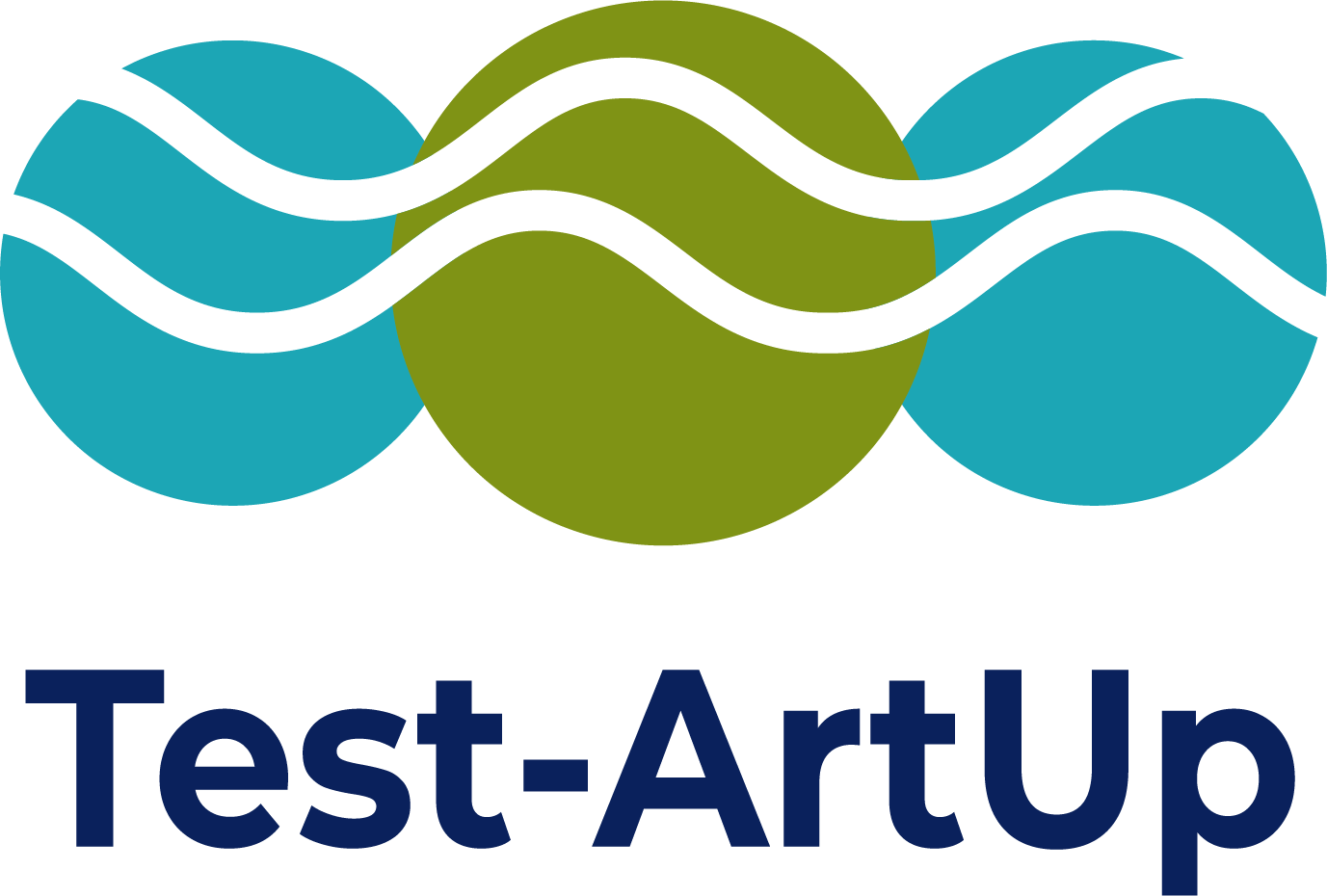Ocean Governance: legal requirements for implementing mechanisms for artificial upwelling in the ocean
We will examine the legal framework for the use of installations for artificial upwelling for the purpose of CO2 removal in the ocean. On the one hand, it aims to gain legal clarity regarding the permissibility of both field experiments and possible large-scale operations; on the other hand, it analyses ways of integrating artificial upwelling into international marine environmental and climate protection law in order to avoid collisions between CO2 removal and other legitimate uses of the sea as well as marine environmental and biodiversity conservation concerns.
In a first step, we focus on the applicability and potential legal consequences of the permitting regime applicable to marine geoengineering activities under the 1996 Protocol to the Convention on the Prevention of Marine Pollution by Dumping of Wastes and Other Matter (London Protocol) and – in particular – the German High Seas Dumping Act to devices used for artificially increasing upwelling.
The primary aim is to examine whether artificial measures to increase oceanic upwelling require a permit and can be approved. The practice of other States will also be included in the analysis. Insofar as it turns out that artificial upwelling involves “dumping”, the preconditions for approval will be examined more closely.
In parallel, we address the international legal framework for the regulation of artificial upwelling beyond the matter of permissibility. If focuses, on the one hand, on the foundations and scope of State jurisdiction over devices and installations used to increase artificial upwelling will be examined, as well as the on applicability of the regime of marine scientific research to artificial upwelling. Both sets of questions first require a legal classification of the devices used in the context of artificial upwelling. Then, considering the existence and scope of State jurisdiction, it will be addressed whether and under what conditions the devices in question can be attributed under international law to the home State of the research institute coordinating the operation, and/or whether other States are authorised to exercise jurisdiction over such devices in areas under coastal State sovereignty (internal waters, territorial sea) or jurisdiction respectively (exclusive economic zone).
Finally, we want to address the concept of ocean governance as a mechanism for integrating artificial upwelling into existing marine environmental and climate change law. Artificial upwelling is an ocean-based activity that falls within the regulatory framework of the international law of the sea, but in substance it aims to increase the CO2 uptake potential of the ocean, thus pursuing a climate change law objective. Potential impacts could in turn manifest themselves in negative effects on the marine environment, for example by promoting ocean acidification. In this context, it is necessary to clarify whether and how it can be legally ensured that the activities in question make an effective contribution to combating climate change without simultaneously disregarding legitimate interests of other maritime actors and—in particular—the requirements of marine environmental and biodiversity protection. Overall, the broader context of artificial upwelling requires a close collaboration with the project partners—especially regarding the precise functioning of the equipment and instruments used, as well as the threats to the marine environment and other marine uses (shipping, etc.) potentially caused by artificial upwelling.
